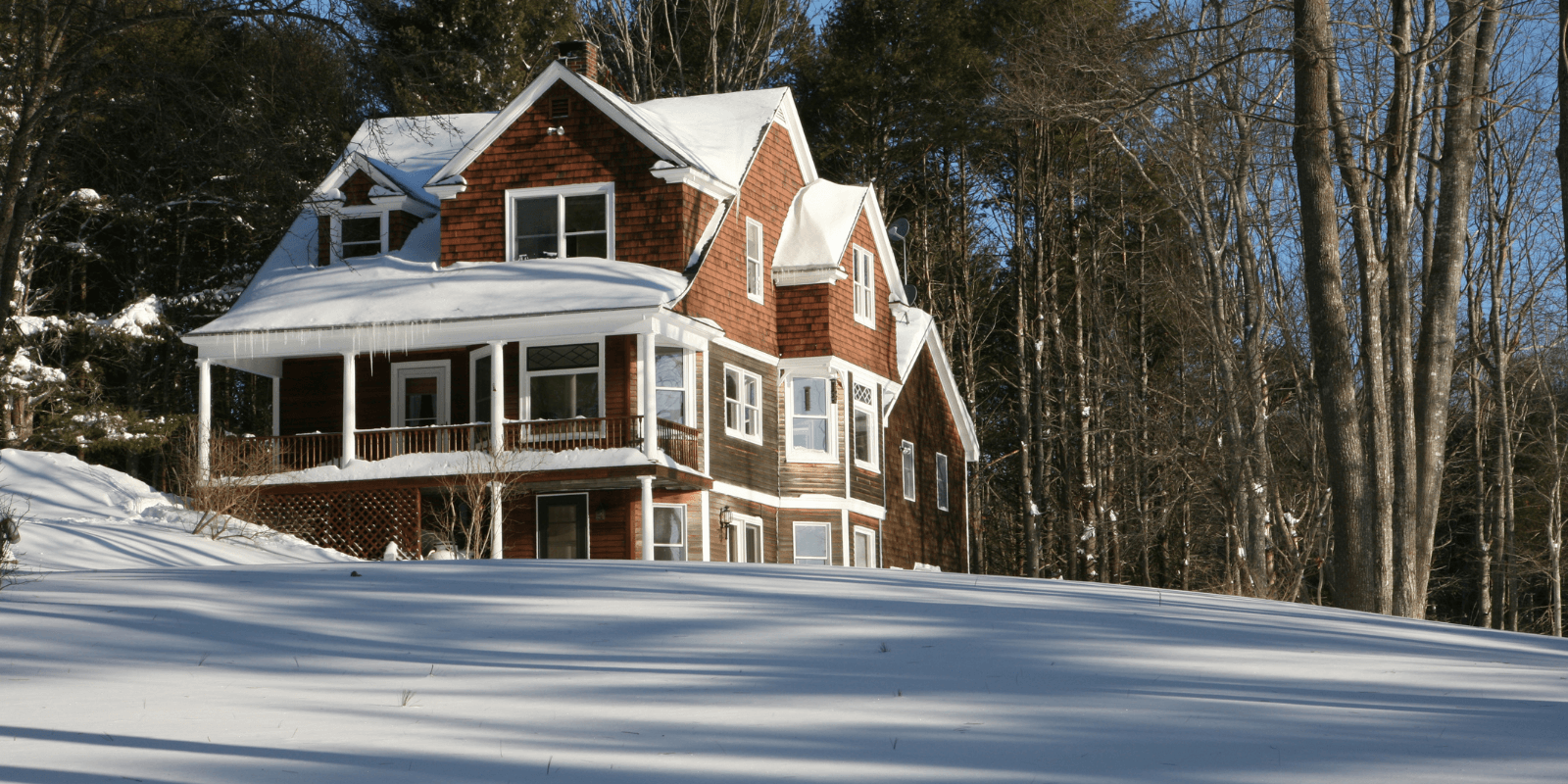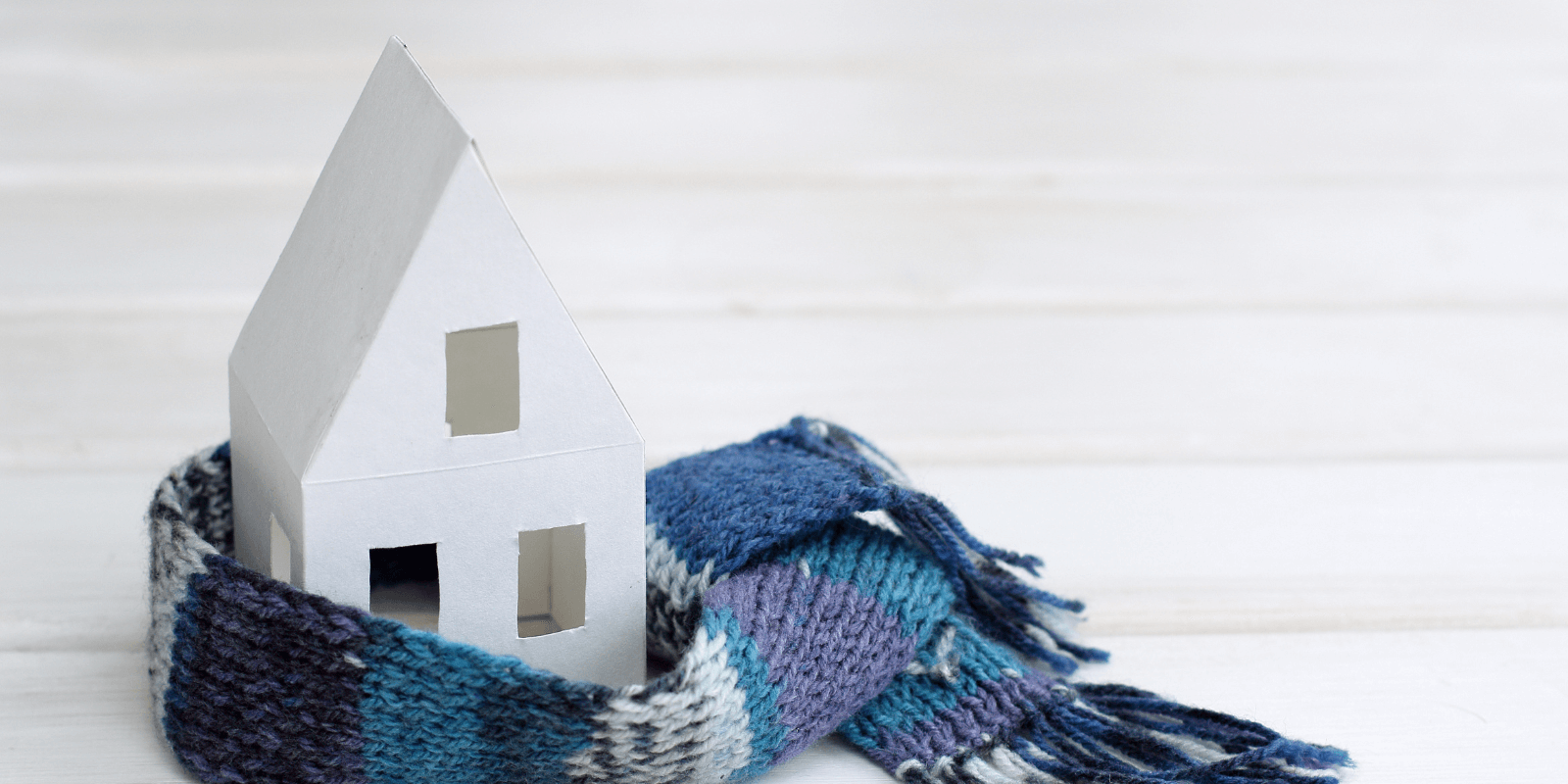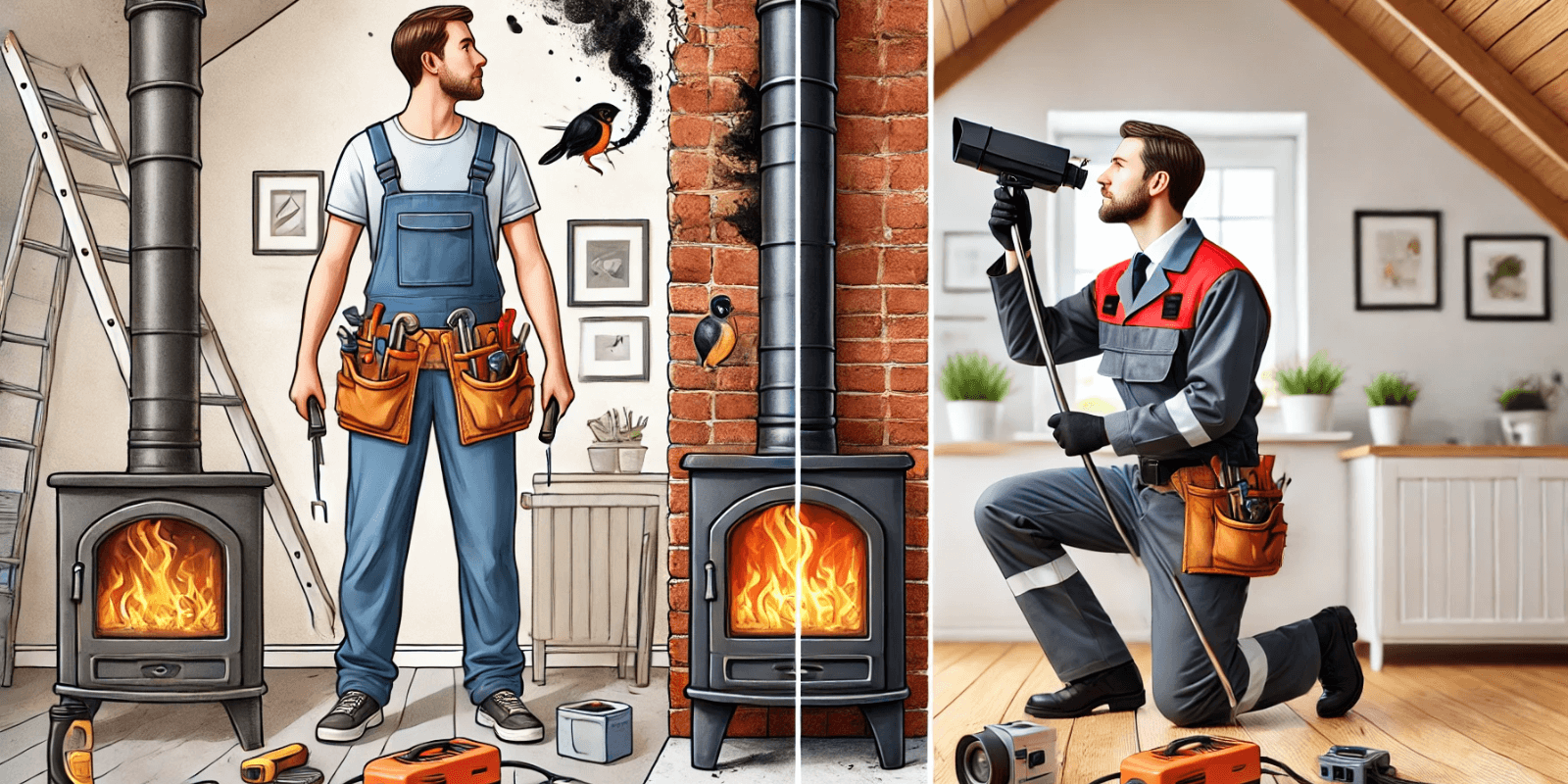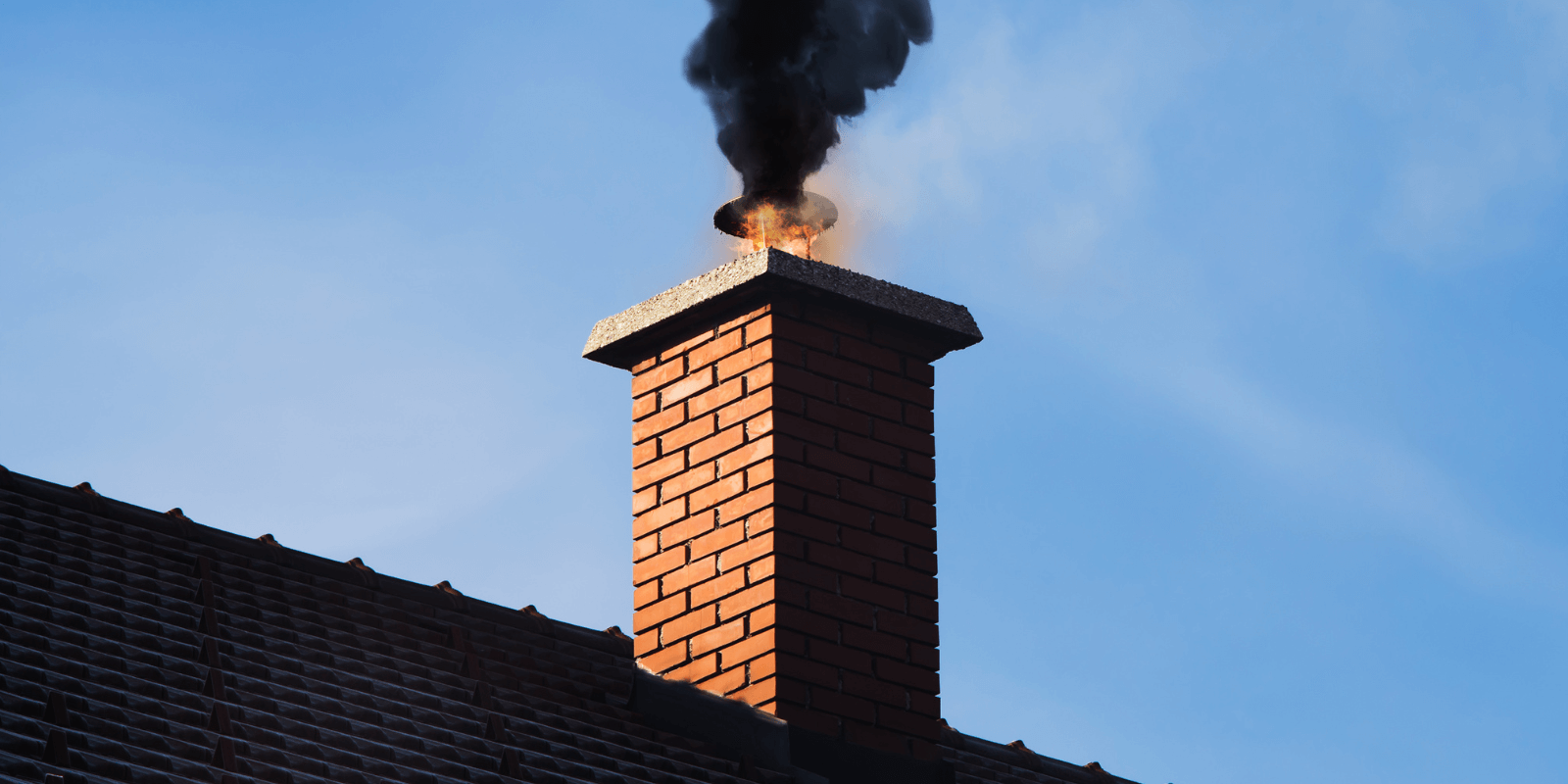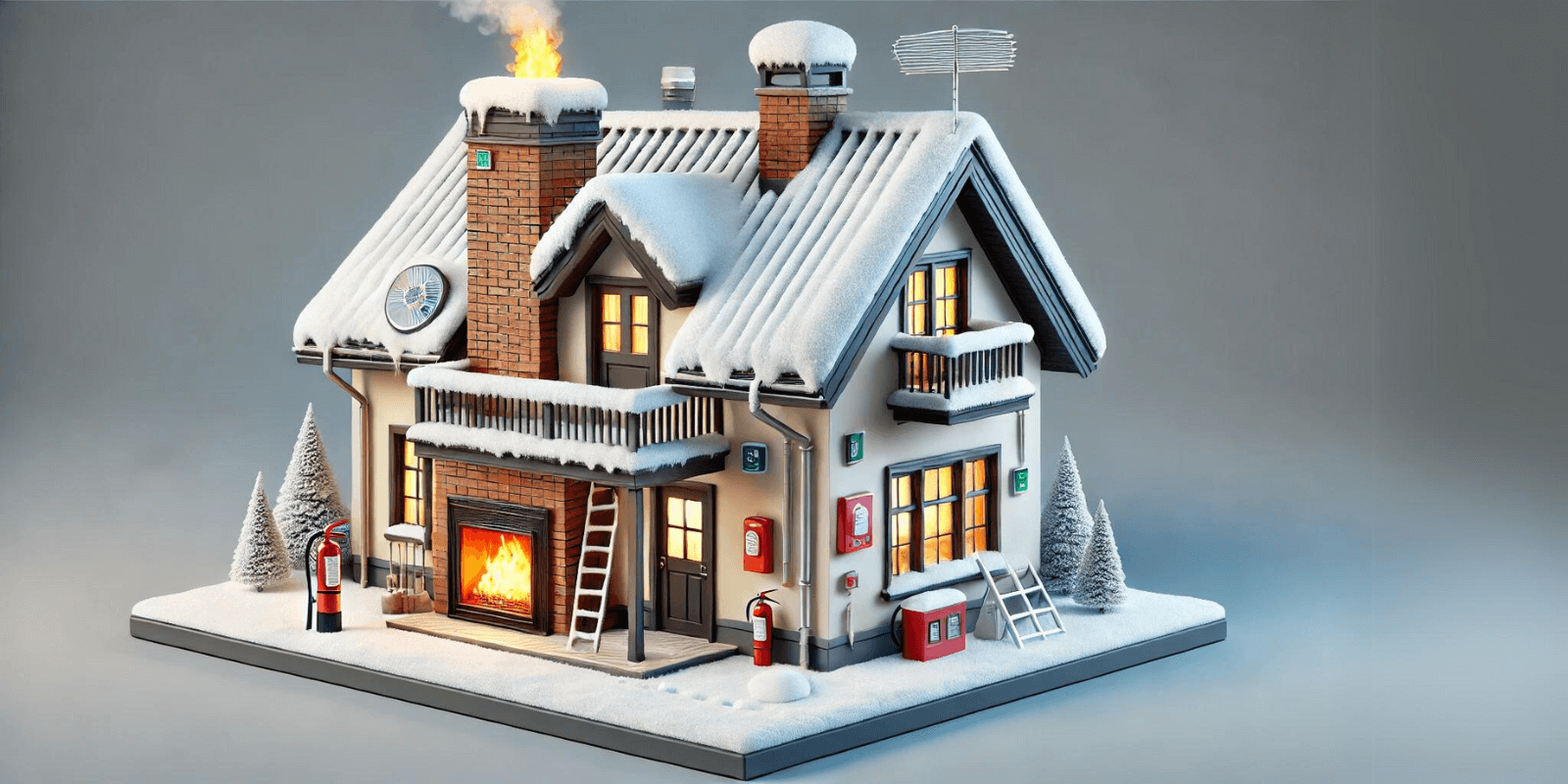Introduction
As the leaves begin to turn and the air grows crisp, homeowners across the country start thinking about cozy evenings by the fireplace. But before you light that first fire of the season, it’s crucial to ensure your chimney is ready for the winter ahead. Proper chimney maintenance is not just about keeping your home warm; it’s about keeping it safe. In this guide, we’ll walk you through the essential steps to prepare your chimney for winter, helping you enjoy a safe and comfortable season.
Why Chimney Maintenance is Crucial
Your chimney plays a vital role in your home’s heating system, venting harmful gases and smoke from your fireplace or wood stove. Over time, chimneys can accumulate creosote, a highly flammable substance that forms from wood smoke condensation. This buildup, along with other potential issues like cracks or animal nests, can lead to dangerous situations if not addressed before the heavy use that winter brings.
Regular chimney maintenance offers several benefits:
- Fire Prevention: Removing creosote buildup significantly reduces the risk of chimney fires.
- Improved Efficiency: A clean chimney draws smoke and gases more effectively, improving your heating efficiency.
- Early Problem Detection: Regular inspections can catch small issues before they become major, costly repairs.
- Extended Chimney Life: Proper maintenance can add years to the life of your chimney.
- Health Protection: A well-maintained chimney helps prevent carbon monoxide from entering your home.
- Cost Savings: Regular maintenance can prevent the need for expensive repairs or replacements down the line.
- Peace of Mind: Knowing your chimney is in good condition allows you to enjoy your fireplace without worry.
Essential Pre-Winter Chimney Maintenance Tips
Schedule a Professional Inspection
The National Fire Protection Association recommends annual chimney inspections. A certified chimney sweep will:
- Check for creosote buildup
- Inspect the chimney structure for cracks or damage
- Ensure the chimney cap is in good condition
- Verify that the flue is functioning properly
- Assess the overall structural integrity of the chimney
It’s best to schedule this inspection in late summer or early fall, before the busy season for chimney professionals begins. This timing allows ample opportunity to address any issues before the cold weather sets in.
Clean the Chimney
If your inspection reveals significant creosote buildup (typically 1/8 inch or more), it’s time for a cleaning. While some homeowners attempt DIY cleaning, it’s generally safer and more effective to hire a professional. They have the tools and expertise to thoroughly clean the chimney without damaging it.
Check and Clean the Chimney Cap
The chimney cap is your first line of defence against the elements and wildlife. Ensure it’s not damaged or clogged with debris. A properly functioning cap will:
- Prevent rain and snow from entering the chimney
- Keep animals and birds from nesting in your chimney
- Stop sparks from escaping and potentially causing roof fires
- Reduce downdrafts that can blow smoke back into your home
If your chimney doesn’t have a cap, consider installing one. It’s a relatively inexpensive addition that can prevent costly damage.
Inspect the Chimney Crown
The chimney crown, the sloped concrete area at the top of the chimney, should be checked for cracks or deterioration. Small cracks can be sealed with a flexible, waterproof sealant designed for masonry. Larger issues may require professional repair. A damaged crown can allow water to seep into the chimney structure, leading to more severe problems like brick spalling or internal water damage. In colder climates, this water can freeze and expand, causing further damage to the masonry.
Look for Exterior Damage
Examine the exterior of your chimney for:
- Loose or missing bricks or mortar
- White staining (efflorescence), which indicates water damage
- Tilting or leaning of the chimney structure
- Vegetation growth, which can indicate moisture problems
Address any issues promptly to prevent further damage during winter freeze-thaw cycles. Even small cracks or missing mortar can allow water to penetrate, potentially leading to significant structural issues over time.
Check the Flashing
The flashing, where the chimney meets the roof, is a common spot for leaks. Look for rust, gaps, or missing caulk. If you’re comfortable working on your roof, you can recaulk minor issues, but significant problems should be addressed by a professional.
Proper flashing is crucial for preventing water from entering your home at the point where the chimney penetrates the roof. Even small leaks can lead to significant water damage over time, affecting not just the chimney but also the surrounding roof structure and interior ceilings.
Clear the Area Around Your Chimney
Ensure there are no tree branches hanging over or near your chimney. They can drop leaves and debris into the chimney or damage the structure during storms. Trim back any branches that are within 10 feet of your chimney.
Also, check your gutters and roof for accumulated leaves and debris, especially near the chimney. Clogged gutters can cause water to back up and potentially seep into the chimney structure.
DIY Checks vs. Professional Inspections
While there are several chimney maintenance tasks you can do yourself, it’s important to know the limits of DIY work:
DIY Checks
- Visual inspection of the chimney exterior
- Checking for obvious obstructions at the top of the chimney
- Ensuring the damper opens and closes properly
- Looking for signs of water damage inside the firebox
- Checking for any unusual odors when the fireplace isn’t in use
- Inspecting the visible bricks and mortar for signs of wear or damage
Professional Services
- Internal chimney inspection using specialized cameras
- Creosote removal
- Structural repairs
- Liner inspections and repairs
- Flue system evaluation
- Chimney crown repair or replacement
- Tuckpointing (repairing mortar joints)
Remember, while DIY checks are valuable, they don’t replace the need for regular professional inspections and cleanings. Professionals have the tools and expertise to spot issues that might not be visible to the untrained eye.
Common Winter Chimney Problems and How to Prevent Them
Chimney Fires
Prevention: Regular cleaning to remove creosote buildup, and using only dry, seasoned wood. Avoid burning paper or cardboard, which can float up the chimney while still burning.
Water Damage
Prevention: Ensure proper flashing, maintain the chimney crown, and consider a chimney cap if you don’t already have one. Address any leaks promptly to prevent freeze-thaw damage in winter.
Animal Intrusions
Prevention: Install a chimney cap with mesh sides to keep critters out. Be aware of any scratching or nest-building sounds coming from your chimney.
Creosote Buildup
Prevention: Burn only dry wood, maintain proper fire temperatures, and have regular cleanings. Avoid slow, smoldering fires which produce more creosote.
Draft Problems
Prevention: Ensure your chimney is the proper height for your home and that there are no obstructions. Consider a chimney fan if persistent draft issues occur.
Masonry Damage
Prevention: Address any cracks or missing mortar promptly. Consider applying a waterproof sealant to the exterior of the chimney to prevent water penetration.
Safety Measures for Chimney Use in Winter
Install and Maintain Smoke and Carbon Monoxide Detectors
Ensure you have working detectors on every level of your home, especially near sleeping areas. Test them monthly and replace batteries as needed.
Use a Chimney Liner
A properly installed liner improves your chimney’s efficiency and safety. It protects the masonry from corrosive byproducts of combustion and helps prevent house fires.
Proper Wood Selection
Use only dry, seasoned hardwoods. Wet or green wood creates more creosote and burns less efficiently. Store wood off the ground and cover it to keep it dry.
Start Fires Properly
Use kindling rather than flammable liquids to start fires. Build smaller, hotter fires that burn more completely and produce less smoke.
Never Leave Fires Unattended
Always extinguish fires completely before going to bed or leaving the house. Ensure all embers are out, not just the visible flames.
Use a Spark Guard
This helps prevent embers from escaping the fireplace. Make sure it fits properly and doesn’t have any holes or damage.
Clear the Area Around the Fireplace
Keep flammable materials at least three feet away from the fireplace opening. This includes furniture, curtains, and holiday decorations.
Dispose of Ashes Safely
Place ashes in a metal container and store them outside, away from combustible materials. Even after several days, ashes can retain enough heat to start a fire.
Educate Family Members
Ensure everyone in the household understands fireplace safety rules and what to do in case of a chimney fire or carbon monoxide alert.
Have an Emergency Plan
Develop and practice a home fire escape plan. Ensure everyone knows at least two ways out of every room and has a designated meeting place outside.
Conclusion
Preparing your chimney for winter is an essential part of home maintenance that shouldn’t be overlooked. By following these tips and prioritizing regular professional inspections and cleanings, you can enjoy the warmth and ambiance of your fireplace with peace of mind. Remember, the time and effort you invest in chimney maintenance now can prevent costly repairs and dangerous situations later.
As you settle in for those cozy winter evenings, you’ll be glad you took the time to ensure your chimney is in top condition. A well-maintained chimney not only provides efficient heating but also contributes to the overall safety and comfort of your home. Stay warm, stay safe, and enjoy the comfort of a well-maintained hearth throughout the winter season.
By incorporating these maintenance tips and safety measures into your annual home care routine, you’re not just preparing for winter – you’re investing in the longevity of your home and the safety of your family. So, before you light that first fire of the season, take the time to give your chimney the attention it deserves. Your future self will thank you for the warmth, efficiency, and peace of mind that comes with a properly maintained chimney.
If you need professional assistance, don’t hesitate to contact Chimcare. We’re here to ensure your chimney is safe and efficient. Trust Chimcare to keep your home warm and secure

